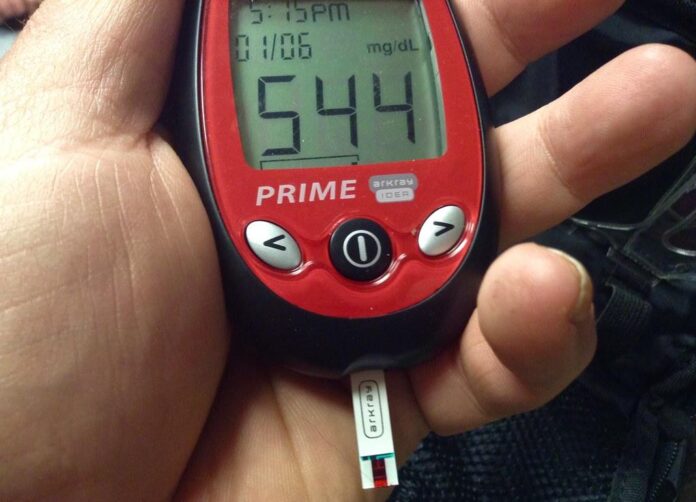
Fasting blood sugar levels are an important indicator of overall health and can provide valuable insights into our body’s metabolic function. Whether you are monitoring your blood sugar levels for diabetes management or simply want to understand your overall health better, interpreting your fasting blood sugar levels is a crucial step.
In this comprehensive guide, we will explore what fasting blood sugar levels mean, why they are important, how to interpret them, and what factors can affect them. By the end of this article, you will have a better understanding of your fasting blood sugar levels and how they can impact your health.
What are fasting blood sugar levels?
Fasting blood sugar levels refer to the amount of glucose in your blood after you have not eaten or drank anything (except water) for at least eight hours. This test is typically done in the morning before breakfast to get an accurate reading of your baseline blood sugar levels.
The normal range for fasting blood sugar levels is typically between 70-100 mg/dL. However, this range may vary slightly depending on individual factors such as age, gender, and medical history. It is essential to consult with your healthcare provider to interpret your fasting blood sugar levels accurately.
Why are fasting blood sugar levels important?
Fasting blood sugar levels play a crucial role in monitoring and managing conditions such as diabetes, prediabetes, and metabolic disorders. By measuring your fasting blood sugar levels regularly, you can assess your risk of developing chronic conditions and make necessary lifestyle changes to improve your overall health.
Additionally, fasting blood sugar levels can provide valuable insights into your body’s metabolic function, insulin sensitivity, and overall glucose regulation. Monitoring these levels can help you identify potential health issues early on and take proactive steps to prevent complications.
How to interpret your fasting blood sugar levels
Interpreting your fasting blood sugar levels involves understanding the normal range, identifying potential deviations, and addressing any underlying causes. Here are some general guidelines to help you interpret your fasting blood sugar levels:
– Normal range: A fasting blood sugar level between 70-100 mg/dL is considered normal. However, individual ranges may vary slightly, so it is essential to consult with your healthcare provider for personalized guidance.
– Prediabetes: If your fasting blood sugar levels range between 100-125 mg/dL, you may have prediabetes. This condition indicates impaired glucose tolerance and an increased risk of developing type 2 diabetes if left untreated.
– Diabetes: A fasting blood sugar level of 126 mg/dL or higher indicates diabetes. If you receive this result, it is crucial to seek medical attention promptly and follow your healthcare provider’s recommendations for managing your condition.
– Hypoglycemia: A fasting blood sugar level below 70 mg/dL is considered hypoglycemia and may indicate low blood sugar. This condition can be dangerous and requires immediate intervention to prevent complications.
Factors that can affect fasting blood sugar levels
Several factors can affect your fasting blood sugar levels and cause fluctuations in your readings. It is essential to be aware of these factors and consider them when interpreting your results:
– Diet: What you eat and drink can significantly impact your fasting blood sugar levels. Consuming high-carbohydrate or sugary foods can cause spikes in blood sugar levels, while eating a balanced diet rich in lean proteins, healthy fats, and fiber can help stabilize blood sugar levels.
– Physical activity: Regular exercise can improve insulin sensitivity and help regulate blood sugar levels. Incorporating physical activity into your daily routine can lower fasting blood sugar levels and reduce your risk of developing metabolic disorders.
– Medications: Certain medications, such as corticosteroids, beta-blockers, and diuretics, can affect blood sugar levels. If you are taking medication, consult with your healthcare provider to monitor your fasting blood sugar levels and adjust your treatment plan accordingly.
– Stress: Chronic stress can increase cortisol levels and impact blood sugar regulation. Managing stress through relaxation techniques, mindfulness, and self-care practices can help stabilize fasting blood sugar levels and improve overall health.
Conclusion
Interpreting your fasting blood sugar levels is a crucial step in monitoring your overall health and preventing chronic conditions such as diabetes. By understanding what fasting blood sugar levels mean, why they are important, and how to interpret them, you can make informed decisions about your health and take proactive steps to improve your well-being.
If you have concerns about your fasting blood sugar levels or are at risk of developing metabolic disorders, consult with your healthcare provider for personalized guidance and support. By partnering with a medical professional, you can create a comprehensive plan to monitor your blood sugar levels, make lifestyle changes, and optimize your health for the long term.












